It all started with an easy enough mid-morning text from my dear friend Andreana Iccabazzi Gamache (such an awesome Scrabble winning name). Hey Sean, do you prefer Stout beers in the winter? The reply came quickly: Yes, of course, winter is for Stouts, everybody knows that. But the real question came next. Why? I was wrestling with some midlife-post-holiday-philosophical-quandaries like “what’s my purpose?” and “am I on the right path?” But this, this was a real! Why do I drink Stout beers in the winter? After at least two minutes of deep thought I replied with something witty like, because darlin’, I have the thirst of 50 generations of Irishmen inside me, and when the snow flies, the only way to satisfy that thirst lies at the bottom of an empty pint of Stout.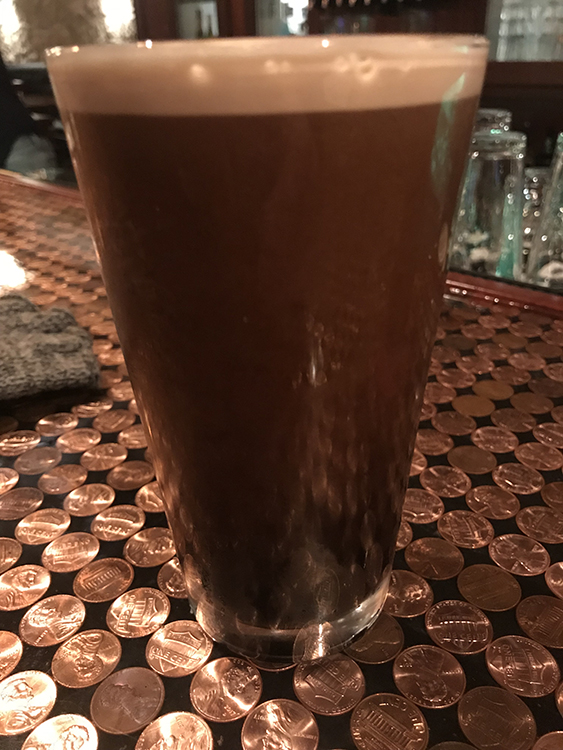
But that quip doesn’t meet the assigned 800 minimum words so I decided to tackle the task with some science based research. Like every good tale of discovery, I knew I couldn’t shoulder this burden alone. After all, Merriweather needed his Clark, Kirk needed his Spock. I also knew it was Thursday and that I already had plans with my favorite red bearded rockstar, and all around great Yakimaniac, Cody Beebe. Both of us come qualified with extensive “field research” resumes on the topic of good beer. For the sake of science and legitimacy let’s just call us experts in this particular area.
 Before we get to the science let’s talk a bit about the history. According to my research, links to the term Stout beer date as far back as the 14th century and appear to originate in the Netherlands, then imported to, and made popular in, England. They’re made using a roasted malt or barley, which gives the beer its dark rich color. Stout was originally a descriptor for beers high in alcohol, or “strong” beers, with at least 7-8% ABV. More specifically “Stout” was applied to stronger porters which were the choice of the working class where one needed all the calories and alcohol they could get to make it through a typical day. (Side note—after the Dutch discovered and started importing gin, and people could get drunk faster and cheaper, there was a wave of starvation deaths without the usual infusion of the calorie dense, dark beers in their overall diets). Typically with notes of chocolate and coffee, Stouts are best paired with winter meals like stews—preferably made with venison or elk meat, but for me they go quite well with any game dishes like rabbit or duck or goose.
Before we get to the science let’s talk a bit about the history. According to my research, links to the term Stout beer date as far back as the 14th century and appear to originate in the Netherlands, then imported to, and made popular in, England. They’re made using a roasted malt or barley, which gives the beer its dark rich color. Stout was originally a descriptor for beers high in alcohol, or “strong” beers, with at least 7-8% ABV. More specifically “Stout” was applied to stronger porters which were the choice of the working class where one needed all the calories and alcohol they could get to make it through a typical day. (Side note—after the Dutch discovered and started importing gin, and people could get drunk faster and cheaper, there was a wave of starvation deaths without the usual infusion of the calorie dense, dark beers in their overall diets). Typically with notes of chocolate and coffee, Stouts are best paired with winter meals like stews—preferably made with venison or elk meat, but for me they go quite well with any game dishes like rabbit or duck or goose.
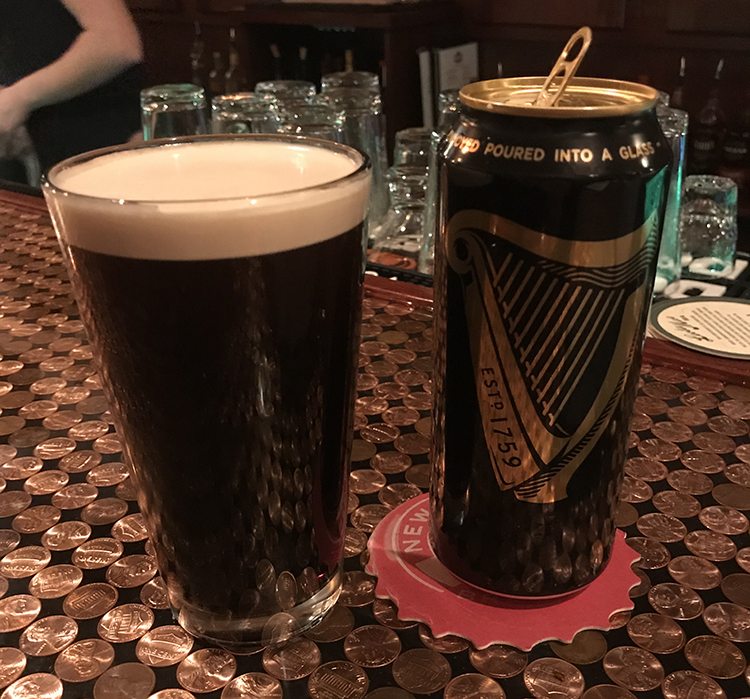 Now back to the science, Cody and I met at Norm’s and I ordered a Guinness because they had no Stouts on tap. I decided to pair this with their gorgonzola mac n’ cheese which was a brilliant choice. They are both comfort foods and I slept like a baby that night. I needed more data for my research so I visited a few establishments that have Stout beers on tap. I started at Hop Nation where Ben Grossman has crafted an impressive Lane-Splitter Oat Milk Stout which paired well with their pork tacos. Finally, I landed at Bills Place where they have 32 beers on tap and I ordered the Icicle Brewery Dark Persuasion, which was rich and chocolaty with a hint of coconut, and went down smooth.
Now back to the science, Cody and I met at Norm’s and I ordered a Guinness because they had no Stouts on tap. I decided to pair this with their gorgonzola mac n’ cheese which was a brilliant choice. They are both comfort foods and I slept like a baby that night. I needed more data for my research so I visited a few establishments that have Stout beers on tap. I started at Hop Nation where Ben Grossman has crafted an impressive Lane-Splitter Oat Milk Stout which paired well with their pork tacos. Finally, I landed at Bills Place where they have 32 beers on tap and I ordered the Icicle Brewery Dark Persuasion, which was rich and chocolaty with a hint of coconut, and went down smooth.
The answer I keep hearing from my Stout drinking friends is, it just feels right to drink and make Stout beer in the winter. I distinctly remember waiting for the Deschutes Brewery to come out with their Obsidian Stout in the winter when I lived down in Bend in my early 20’s. Grant’s Imperial Stout was always a winter favorite and I remember filling up a bota bag or two with this dark nectar while skiing up at White Pass.
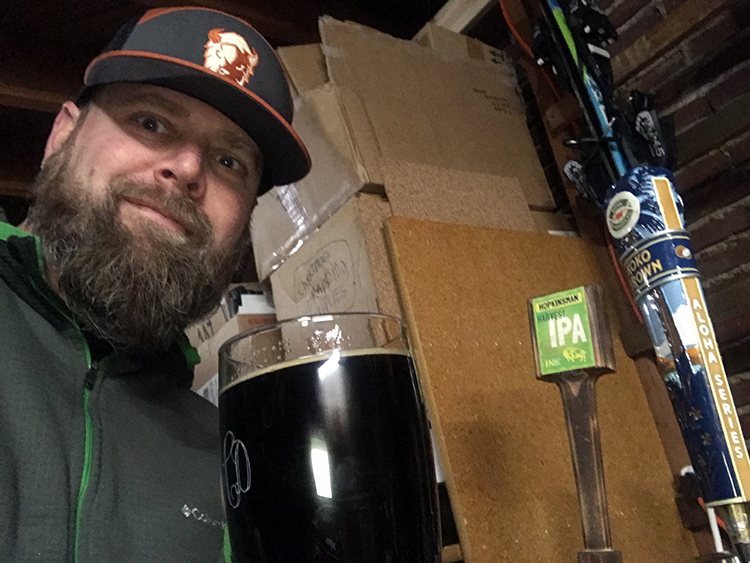 Nowadays every brewery worth their malt has a Stout beer on tap, and they’re available year-round. I’ve never been one to question people’s personal opinions on their favorite beers, as everyone has unique tastes, but I also know that some breweries are putting out better beers than others. So, to get to the best Stouts around the state I brought in a hired gun, Mr. Blaze Ruud, to see what he’s drinking these days. Blaze is one of the most talented brewers in the country and received an arsenal of accolades while brewing at the Old School House Brewery (OSB) in Winthrop WA. Blaze recommends the Dark Star from Fremont Brewery, Sternwheeler Stout from Ice Harbor, and the Hooligan Stout from OSB. Blaze likes these beers because they have a balance of toasty malt flavors, bitterness, sweetness and complexity with notes of chocolate, caramel, and coffee.
Nowadays every brewery worth their malt has a Stout beer on tap, and they’re available year-round. I’ve never been one to question people’s personal opinions on their favorite beers, as everyone has unique tastes, but I also know that some breweries are putting out better beers than others. So, to get to the best Stouts around the state I brought in a hired gun, Mr. Blaze Ruud, to see what he’s drinking these days. Blaze is one of the most talented brewers in the country and received an arsenal of accolades while brewing at the Old School House Brewery (OSB) in Winthrop WA. Blaze recommends the Dark Star from Fremont Brewery, Sternwheeler Stout from Ice Harbor, and the Hooligan Stout from OSB. Blaze likes these beers because they have a balance of toasty malt flavors, bitterness, sweetness and complexity with notes of chocolate, caramel, and coffee.
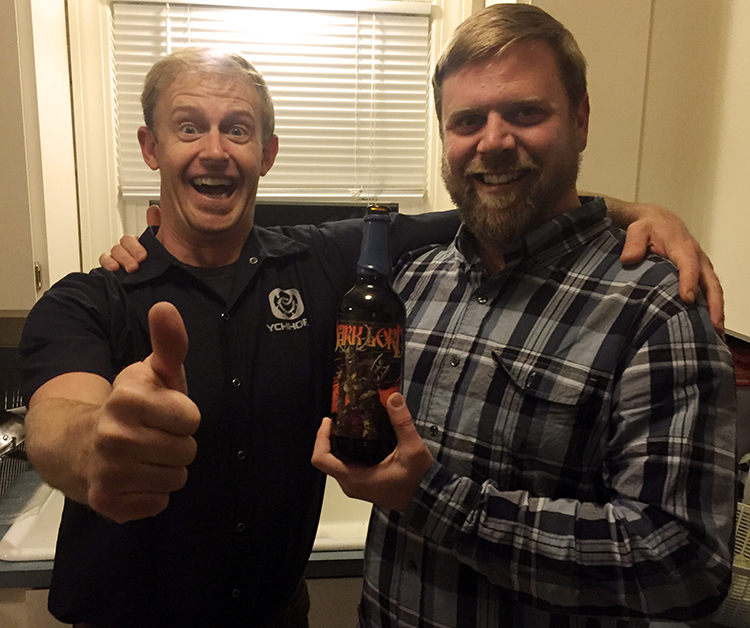 Now if you want to chase the Holy Grail of Stouts and you happen to know someone in the beer or hop industry, you’ll go straight for the most exclusive and expensive Stout beer on the planet. The Dark Lord Stout described as “a demonic Russian Style Imperial Stout brewed with coffee, Mexican vanilla, and Indian sugar.” This beer defies description and is only available one day a year—Dark Lord Day—at the 3 Floyds Brewing Co. brewery in Munster, Indiana. I’ve been lucky enough to get one the last two years on my birthday from my little brother who is both generous and resourceful, and understands my Irish thirst for dark beer in the winter.
Now if you want to chase the Holy Grail of Stouts and you happen to know someone in the beer or hop industry, you’ll go straight for the most exclusive and expensive Stout beer on the planet. The Dark Lord Stout described as “a demonic Russian Style Imperial Stout brewed with coffee, Mexican vanilla, and Indian sugar.” This beer defies description and is only available one day a year—Dark Lord Day—at the 3 Floyds Brewing Co. brewery in Munster, Indiana. I’ve been lucky enough to get one the last two years on my birthday from my little brother who is both generous and resourceful, and understands my Irish thirst for dark beer in the winter.
Now, if anyone asks you why you drink Stout beer in the winter, you can give them the historical answer: that’s when they were traditionally brewed and available and so you look forward to the new limited releases that breweries put out in the winter. You can give them the scientific answer: Stouts are higher in alcohol and calories and you like to add a little insulation to your frame to survive the winter. You can give them the foodie answer: Stouts pair well with traditional winter meals like stews and steaks or mac-n-cheese. Or you can speak from the heart and let ‘em know that it just feels like the right thing to do in the winter. Like growing out your beard or not shaving your legs, putting on a few extra pounds, skipping work to ski, and eating brownies for breakfast. Oh, by the way, Stouts make a great breakfast beer, but that’s a whole other story that will require research . . .
So drink up my friends, stay Stout and don’t be afraid of the darkness this winter.
Thanks, Sean for the education and suggestions!
Shout out to local Valley stouts:
Lincoln Ave. Coffee Stout and Chocolate Stout,Yakima Craft Brewing Co.
Dark Pony Dark Chocolate Coffee Stout, Berchman’s Brewing Co.
Gentleman’s Stout – Bron Yr Aur Brewing Co.
Dormancy Breakfast Stout –Bale Breaker Brewing Co.
Lane-Splitter Oat Milk Stout, Hop Nation Brewing Co.
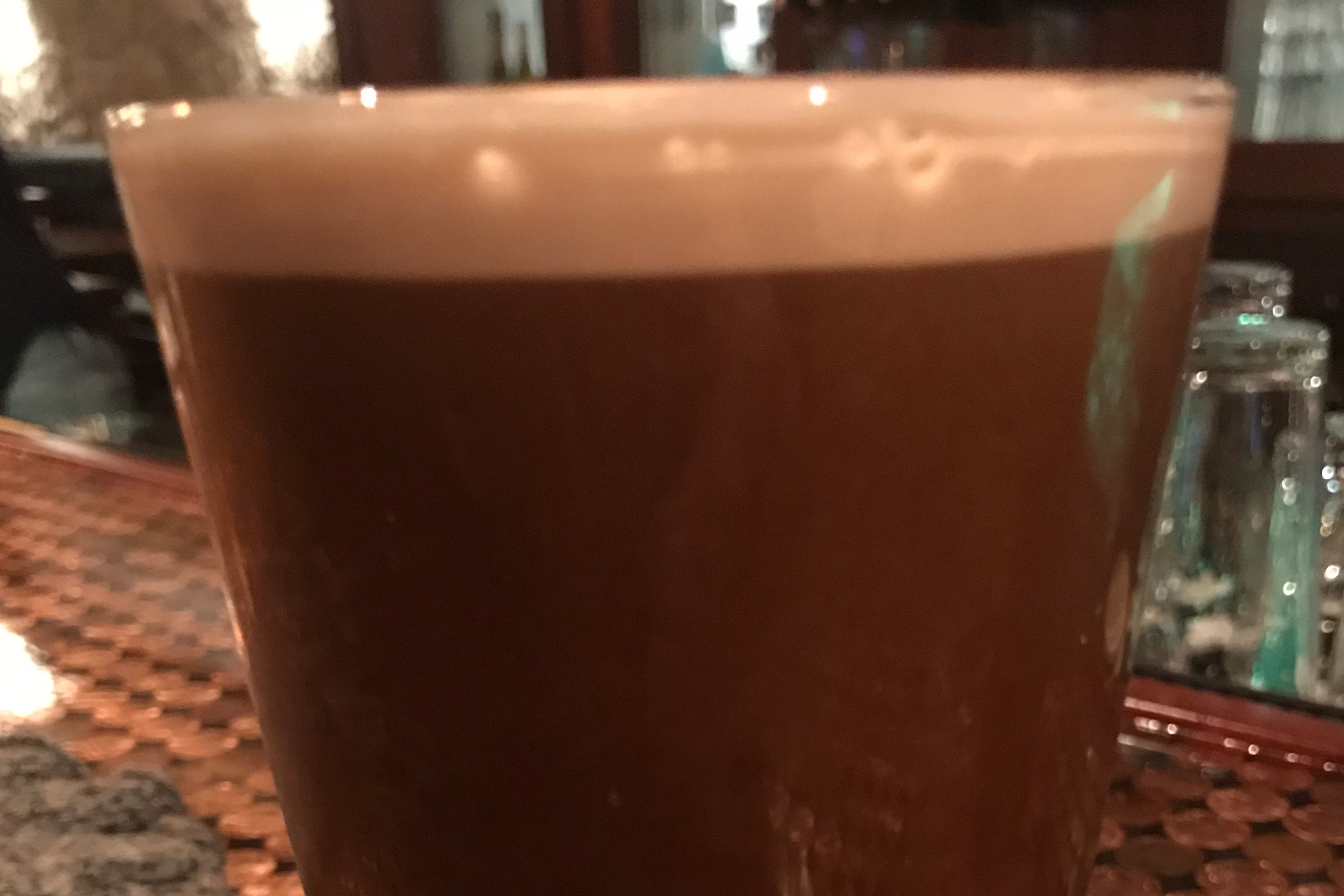





I really enjoyed reading the “Stout Beer article.” I never knew much about Stout Beer. Now I do. Thanks for the great read.
This excellent piece proves two of my long-held hypotheses: 1) Grant’s Imperial Stout was an under-appreciated masterpiece; and 2) any serious research into beer culture requires dedicated field work with friends! Nice work Sean! Those were the references we needed to get through the final weeks of winter!